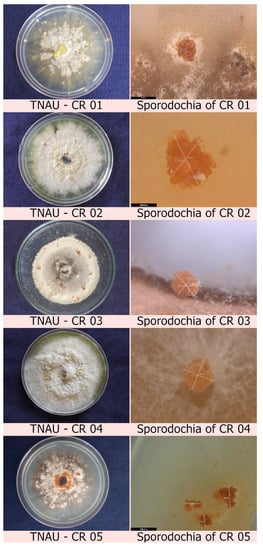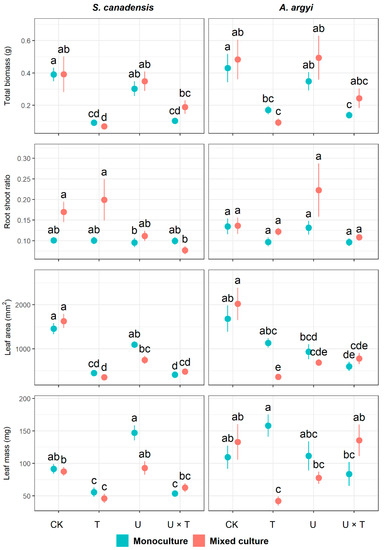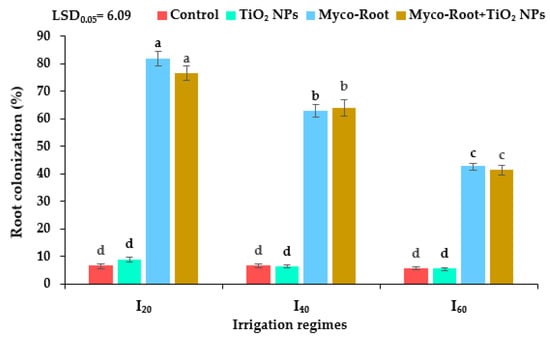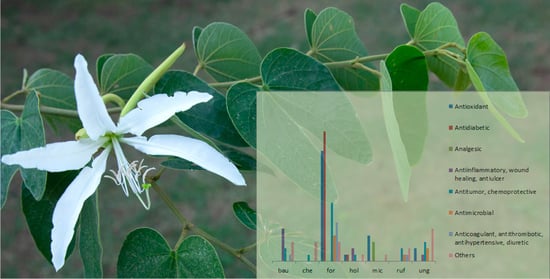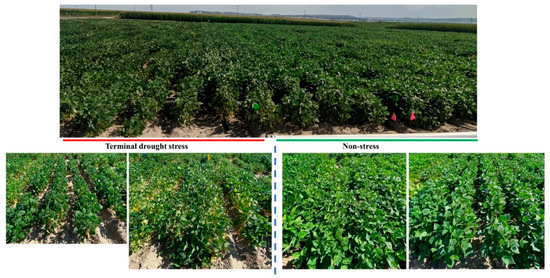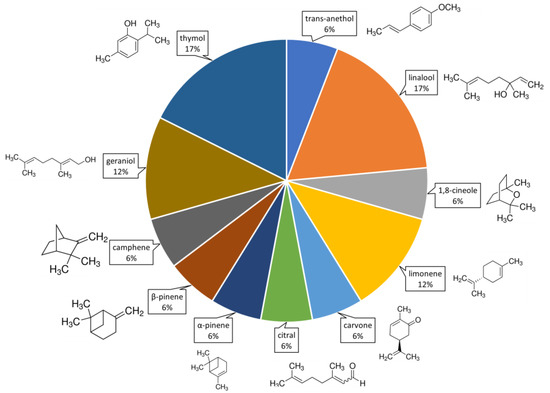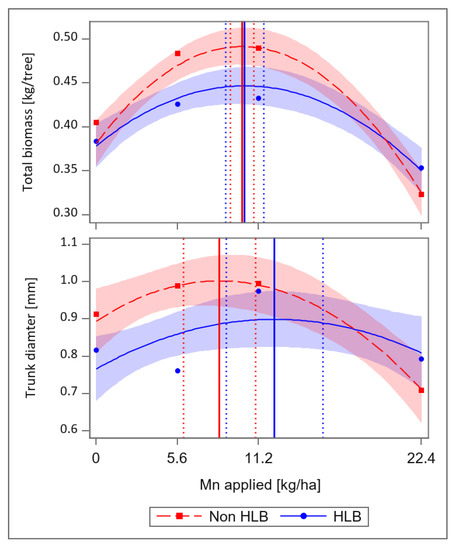Plants 2023, 12(1), 6; https://doi.org/10.3390/plants12010006 - 20 Dec 2022
Cited by 8 | Viewed by 4607
Abstract
The studies on the prevalence and genetic diversity of begomoviruses in Saudi Arabia are minimal. In this study, field-grown symptomatic tomato and muskmelon plants were collected, and initially, begomovirus infection was confirmed by the core coat protein sequences. Four tomato and two muskmelon
[...] Read more.
The studies on the prevalence and genetic diversity of begomoviruses in Saudi Arabia are minimal. In this study, field-grown symptomatic tomato and muskmelon plants were collected, and initially, begomovirus infection was confirmed by the core coat protein sequences. Four tomato and two muskmelon plants with viral infections were further evaluated for Illumina MiSeq sequencing, and twelve sequences (2.7–2.8 kb) equivalent to the full-length DNA-A or DNA-B components of begomoviruses were obtained along with eight sequences (~1.3–1.4 kb) equivalent to the begomovirus-associated DNA-satellite components. Four begomovirus sequences obtained from tomato plants were variants of tomato yellow leaf curl virus (TYLCV) with nt sequence identities of 95.3–100%. Additionally, two tomato plants showed a mixed infection of TYLCV and cotton leaf curl Gezira virus (CLCuGeV), okra yellow crinkle Cameroon alphasatellite (OYCrCMA), and okra leaf curl Oman betasatellite (OLCuOMB). Meanwhile, from muskmelon plants, two sequences were closely related (99–99.6%) to the tomato leaf curl Palampur virus (ToLCPalV) DNA-A, whereas two other sequences showed 97.9–100% sequence identities to DNA-B of ToLCPalV, respectively. Complete genome sequences of CLCuGeV and associated DNA-satellites were also obtained from these muskmelon plants. The nt sequence identities of the CLCuGeV, OYCrCMA, and OLCuOMB isolates obtained were 98.3–100%, 99.5–100%, and 95.6–99.7% with their respective available variants. The recombination was only detected in TYLCV and OLCuOMB isolates. To our knowledge, this is the first identification of a mixed infection of bipartite and monopartite begomoviruses associated with DNA-satellites from tomato and muskmelon in Saudi Arabia. The begomovirus variants reported in this study were clustered with Iranian isolates of respective begomovirus components in the phylogenetic dendrogram. Thus, the Iranian agroecological route can be a possible introduction of these begomoviruses and/or their associated DNA-satellites into Saudi Arabia.
Full article
(This article belongs to the Special Issue High-Throughput Sequencing Applied to Plant Virus and Viroid Detection)
►
Show Figures


